Grow a Drift Rose for Low Upkeep and Big Beauty
Updated: Jan. 22, 2024
Roses used to be known as finicky divas, but a Drift Rose is easy-care, compact, and free-blooming, making it a garden star.
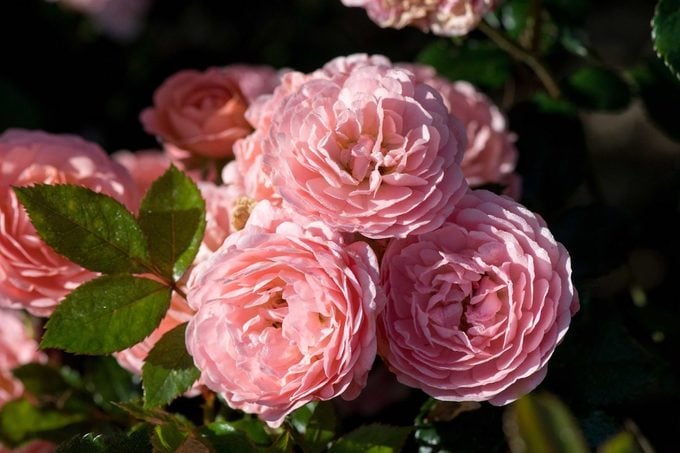
Roses used to be known for requiring so much specialized care that they needed their own section of garden. But today’s breeders are creating roses that blend into our lives and gardens—and Drift roses may become your new favorite.
Discover the best types of roses for every garden.
On This Page
Drift Rose Varieties
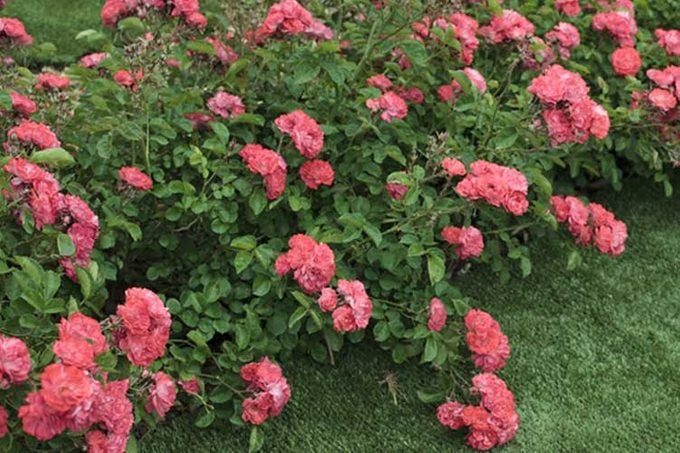
Drift roses arose from a cross between larger ground-cover roses and miniature roses, creating a hearty combination. There are 11 varieties in the Drift series, ranging from white and yellow to apricot, peach, coral and deep rose.
The 1 1/2-inch-wide flowers are plentiful and repeatedly bloom throughout the season. Apricot Drift and Sweet Drift roses are tightly double, resembling a Damask rose.
Discover surprising facts about roses.

Pink Drift has fewer petals and is more open, revealing gold stamens and a white eye. If you can’t resist a fragrant rose, Peach Drift boasts a floral, honey scent. For a bit of whimsical fun, go with Popcorn Drift for its buttery white and yellow blooms.
The series is listed as hardy in USDA Zones 4 to 11—except for Lemon Drift, which is hardy from 5 to 11—and most are considered disease-resistant.
Learn everything you need to know about Knock Out roses.
Drift Rose Planting and General Care
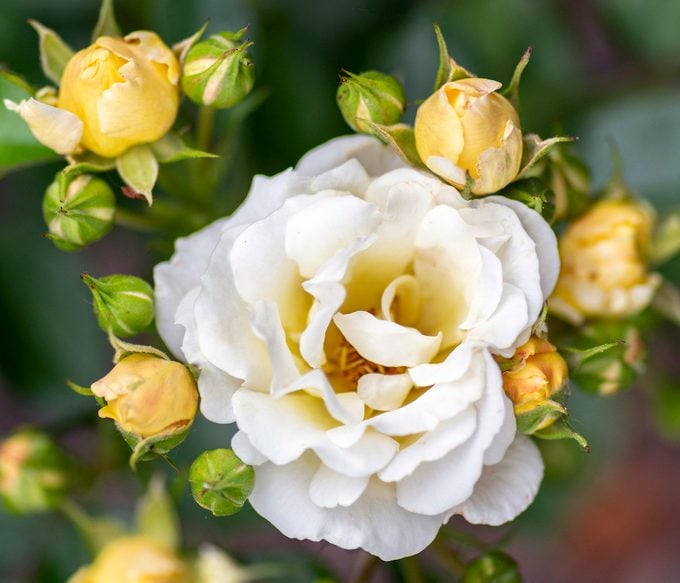
Each Drift rose thrives in six to eight hours of direct sun in moist, well-draining soil.
With one annual pruning, these roses can stay about 1½ to 2 feet high and 2 to 3 feet wide. Simply trim them to about 6 to 8 inches tall before leaves emerge in spring. Also, remove any dead or crossing branches to improve growth and airflow.
Deadheading is not necessary, but you can remove spent blooms if you prefer a tidier look. Without trimming, expect new blooms every five to six weeks until frost.
Only a little is needed in the way of fertilizer too. If desired, the breeders recommend waiting until the rose is established in your garden and has bloomed once. To prevent burning the roots, water the soil first, then add fertilizer and water again. It’s important to stop fertilizing in late summer to allow your rose to slow its growth and prepare for winter.
Floribunda rose vs grandiflora rose: what’s the difference?
Watering Drift Roses
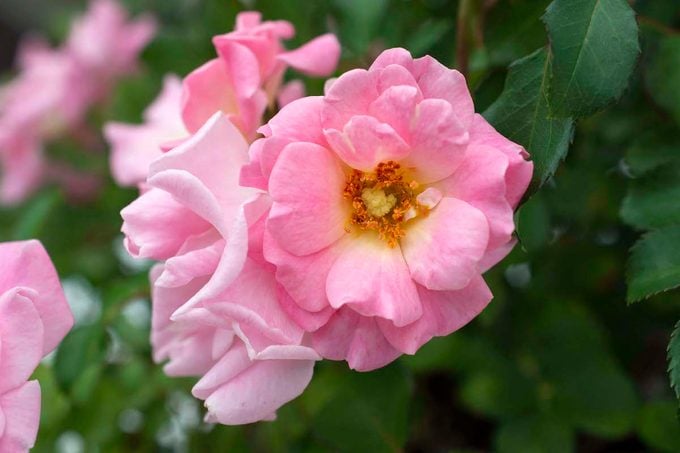
Once established, in-ground plants should do well with a deep watering once a week. Container plants may need watering twice a week or more in hot weather. Give extra water during hot and dry periods, especially during the first season. Watering at the base of the plant rather than overhead watering with a hose or sprinkler promotes healthy growth and can prevent some diseases.
Check out the top 10 fragrant roses to perfume your garden.
Drift Rose Pests and Diseases

While most of the Drift series of roses has notable disease resistance to black spot and powdery mildew, some sources report occasional incidence of leaf spot, canker, and blight. Pests to look out for include bud borers, spider mites, and Japanese beetles.
Stress, crowded planting, overhead watering, and over-fertilizing, especially with high nitrogen formulations can exacerbate or invite these issues.
Watch for signs of rose rosette disease, which can affect any type of rose. Symptoms include newly thorny canes, persistent red stems and distorted buds. If confirmed, destroy and remove the plant.
Learn how to get rid of rose chafer beetles.
Winter Care in Colder Climates
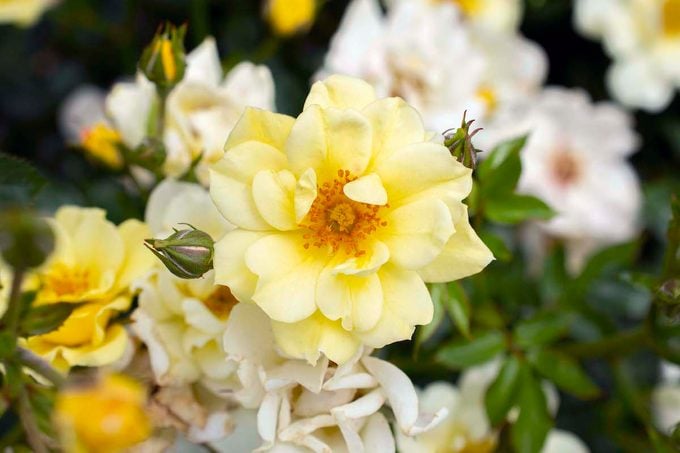
If you’re in the colder portions of Drift roses’ hardiness range, you can give them some extra protection to help during winter. Apply a mulch of 2 to 3 inches of leaves or pine boughs around the base of the plants to help insulate them after the ground freezes. In windy locations, you can wrap your roses in burlap. Remove mulch and burlap in spring at pruning time.
Any Drift roses in containers also need special care because their roots are more vulnerable to the winter’s drying winds and freezing temperatures. Let them go through the first few frost events outside. Then water lightly and bring them inside to a cool, dark area like an unheated garage (or sink the pot, if winter tolerant, into a vacant spot in the garden). Water only enough during the winter to prevent drying out completely, and put them outside in early spring.
Next, find out why roses have thorns (and hips)?
Why Trust Us
For nearly 30 years, Birds & Blooms, a Trusted Media Brand, has been inspiring readers to have a lifelong love of birding, gardening and nature. We are the #1 bird and garden magazine in North America and a trusted online resource for over 15 million outdoor enthusiasts annually. Our library of thousands of informative articles and how-tos has been written by trusted journalists and fact-checked by bird and garden experts for accuracy. In addition to our staff of experienced gardeners and bird-watchers, we hire individuals who have years of education and hands-on experience with birding, bird feeding, gardening, butterflies, bugs and more. Learn more about Birds & Blooms, our field editor program, and our submission guidelines.




















